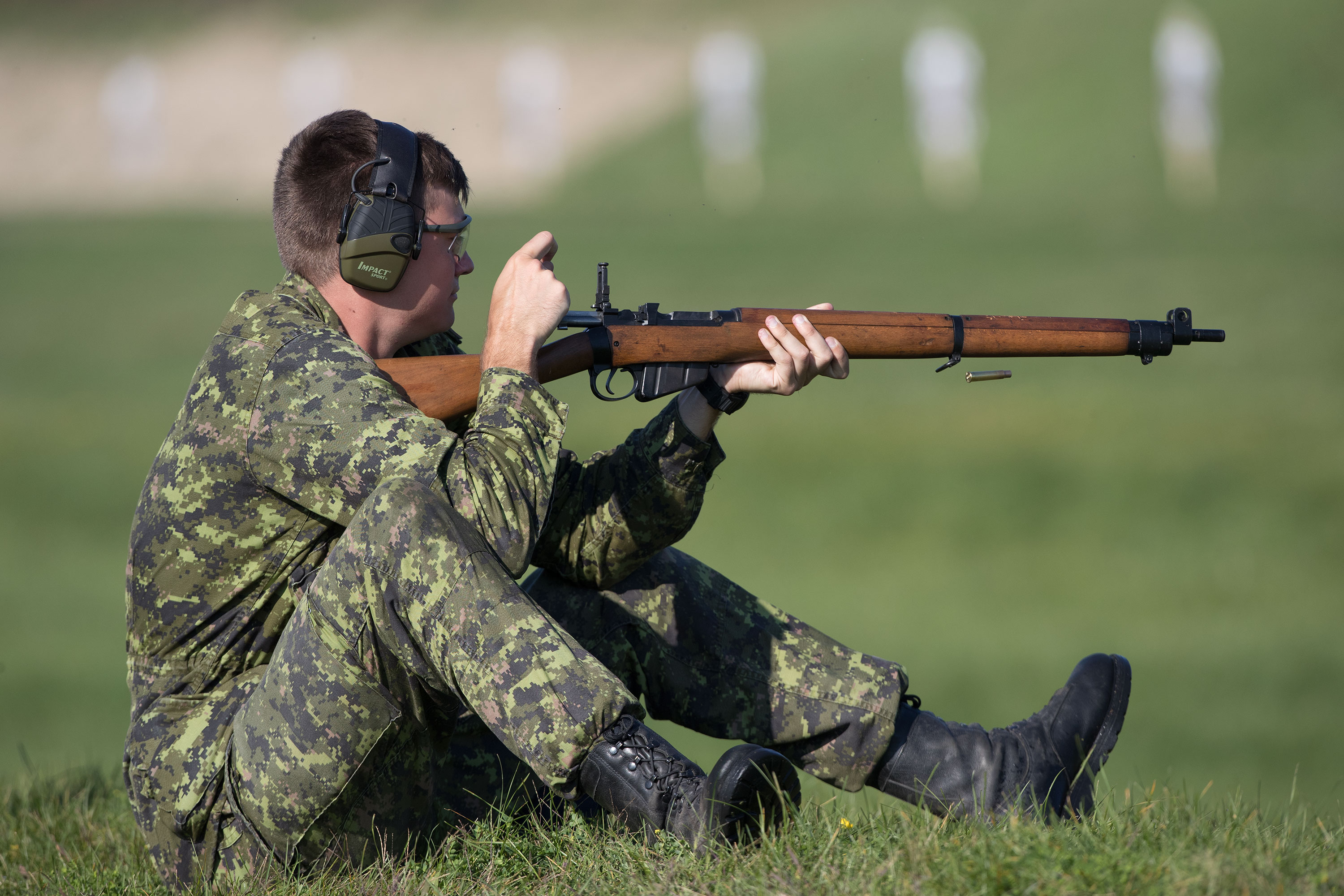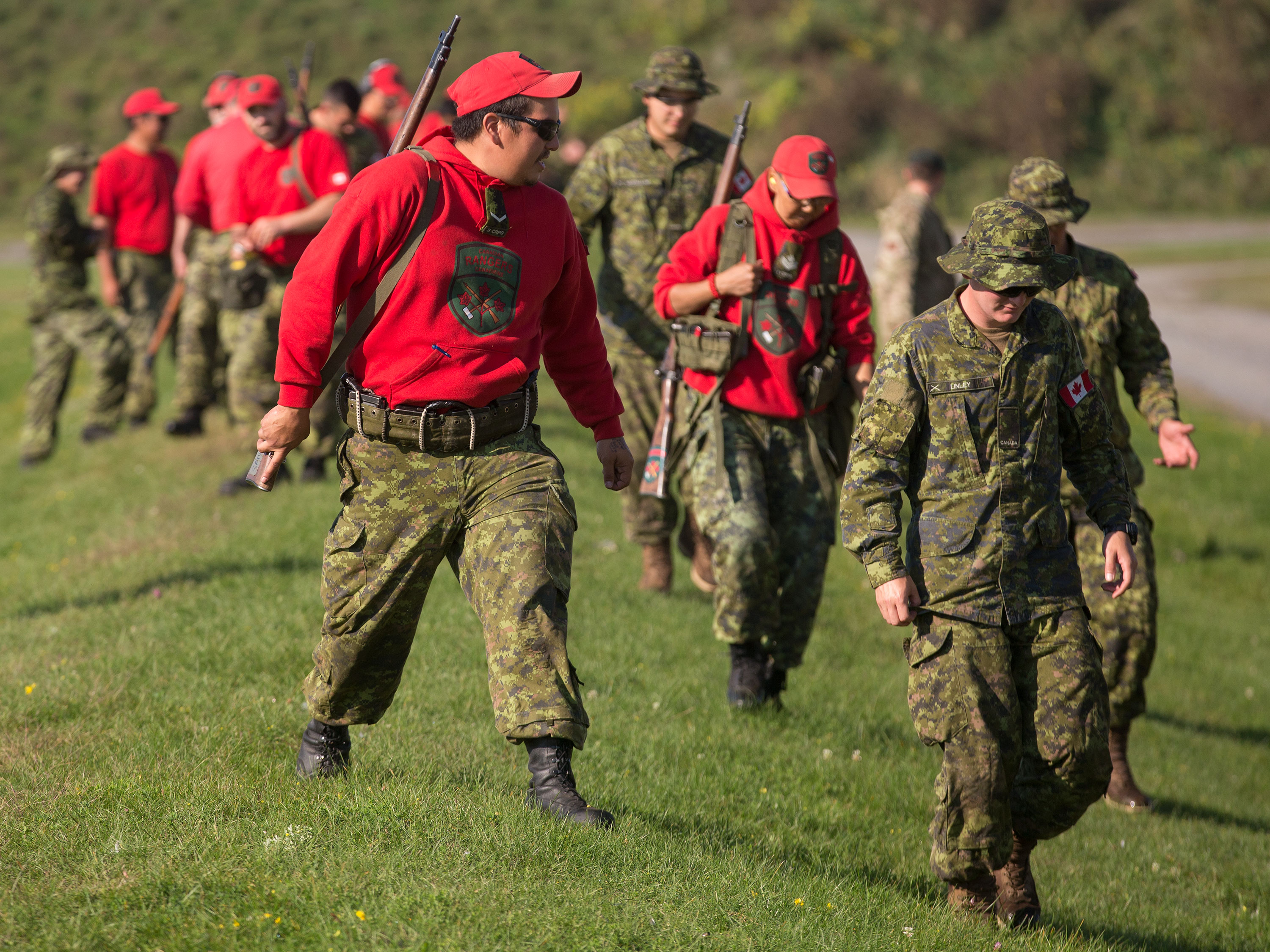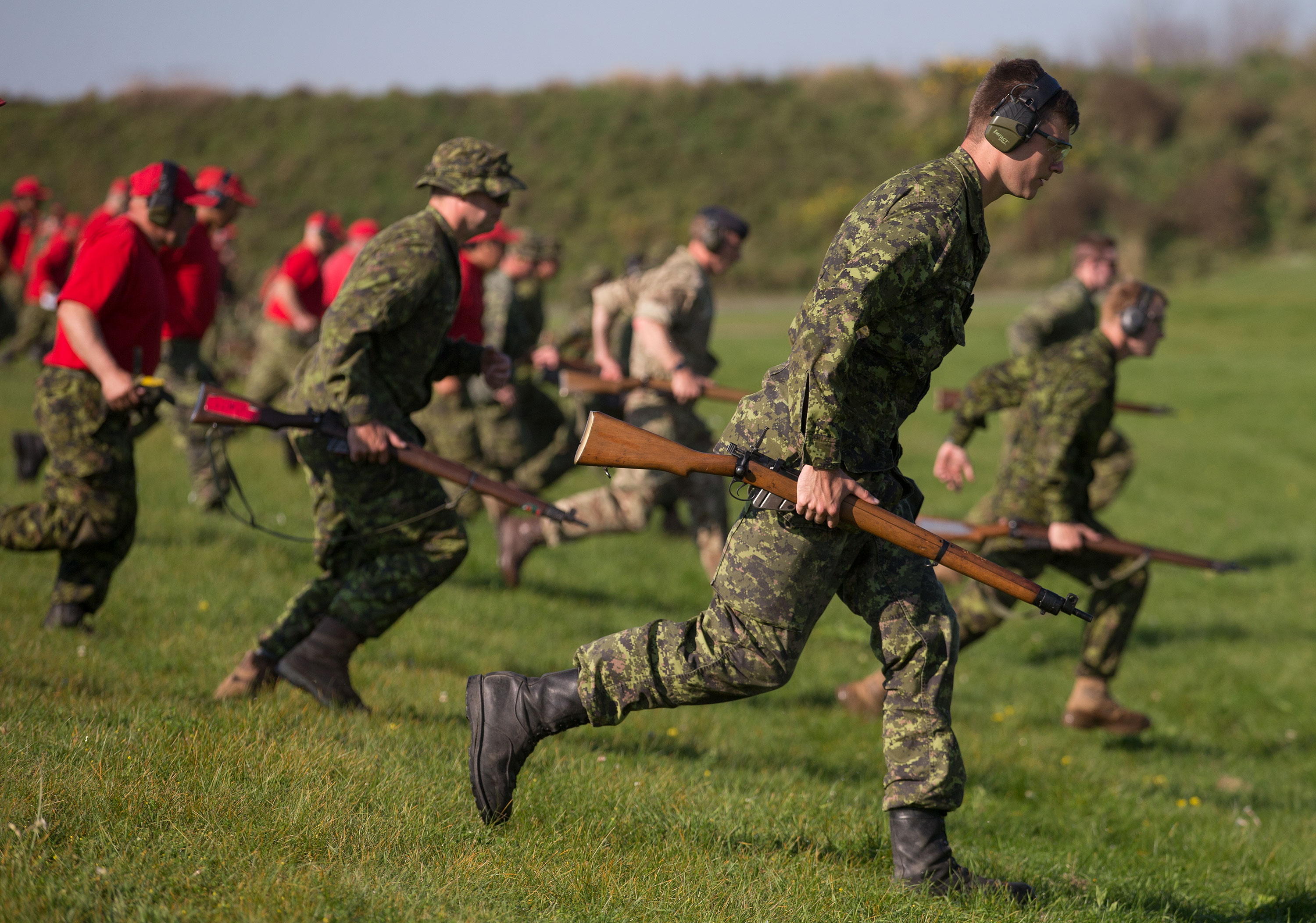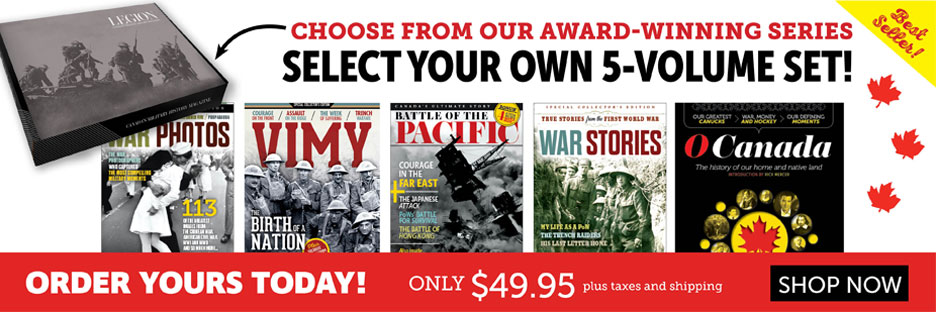
It has served her well. While she has never had to defend herself during patrols of her native Nunavut, she has hunted life-sustaining seals and caribou with what for all intents and purposes is a museum piece, albeit a mighty handy—and effective—one.
“It’s good,” Kooneeliusie said last week at an annual international shooting competition in Ottawa, where the Lee-Enfield was making what is likely to be its final appearance. “It’s kinda light, not too long, not too heavy.”

Now, as they adopt the Colt Canada-built C-19—a smaller, lighter, Finnish-designed weapon whose youth denies it the cachet and individuality of its old-time predecessor—Kooneeliusie says she’ll miss her trusted Lee-Enfield.
Its storied history may only be rivalled by the AK-47, which is half as old but, with at least 75 million in circulation and tens of thousands of deaths to its name around the world each year, probably far more deadly.

The .303’s accuracy, simplicity and reliability have always been its strong points. First adopted by the British army in 1895, the Lee-Enfield has seen action in dozens of conflicts the world over, including the Boer War, both world wars, revolutions, civil wars, colonial uprisings, Korea, the Middle East, Vietnam and Afghanistan.
The Canadian Militia was issued the first Lee-Enfield, the Mk I Long, in 1896 and took it to South Africa to fight in the Boer War from 1899 to 1902. Our military used subsequent models in both world wars and Korea, and continued with it late into the 1950s.
Canadian cadets have since been using the Lee-Enfield for drill and range shooting and, while most are stripped of their firing mechanisms, the majority are otherwise in full working order. The Lee-Enfield has been the standard weapon issued to the Canadian Rangers since the reserve force was formed in 1947, which happens to be the year Mikhail Kalashnikov invented the AK (hence 47) for use by the Soviet army.

“I can’t think of anything that compares to the .303,” said Watton. “It’s a very accurate weapon and very reliable because of its limited number of moving parts. That’s one of the aspects of the rifle the Rangers really like.
“The only reason the Lee-Enfield probably needs to go is the limited number of spare parts available. It’s the end of a very long era. They’ve exceeded their life [expectancy]. It’s time for a different look, a different feel, and the new C-19s will certainly give the Canadian Rangers something to look forward to.”
More than 450 shooters and support staff made up teams from Canada, the Netherlands, the United Kingdom and the United States at this year’s competition at the Connaught Ranges and Primary Training centre in western Ottawa.
Held annually since 1869, the venerable match is billed as an “international high-profile professional marksmanship event…designed to enhance participants’ shooting skills on various standard and interactive ranges.”
Competitors are confronted with scenarios simulating operational conditions and environments, using “different weapons systems from varying distances, positions, and directions—and, at times, through, above or around obstacles—both individually and in teams.”
For more than a century, those “different weapons systems” have included the Lee-Enfield. Last week, with competition in full swing, regular-force troops were on the range firing the .303 with Rangers at their backs, helping them refine their skills with rifles whose longevity and history are told in blackened scars and the brown and deep-blond patinas of their beechwood stocks, finished in raw linseed oil.

Gunner Alex Mainville, an artilleryman based at CFB Valcartier in Quebec, said the Lee-Enfield was far more fun than his service weapon.
“The recoil is very different,” Mainville said after a couple of hours on the range. “I mean, there’s actual recoil with that weapon. With the C7, there is no recoil. And the bolt action is something very different.”
It took some getting used to, he said, but once he did his accuracy was dead-on.
“It’s longer, so the weight is not in the same proportion, but it’s not that heavy. I was expecting a little more. To actually use it? I would, definitely.”
Indeed, the Lee-Enfield remains in use elsewhere. The CIA funnelled hundreds of thousands to Mujahedeen fighters during the decade-long Soviet occupation of Afghanistan, where some were no doubt later used by Taliban and al-Qaida fighters against Canadian and other coalition troops fighting the war on terror.
Copies are still being made in parts of Afghanistan, their long-range accuracy in mountainous regions valued above the higher rates of fire of newer weapons.
The C-19s fire a .308 (7.62mm) round—more powerful, with less recoil and longer range than the .303. It’s a hardy weapon. The army tested 125 rifles to NATO standards, including firing them 8,000 times each without significant failures.

The .303 may soon be gone, but it won’t be forgotten. The C-19’s stock is embossed with the Ranger emblem—an axe and a Lee-Enfield crossed beneath three maple leaves.
By the end of last year, 10,200 had been made. The first patrol of 30 Rangers is to be equipped this fall, with the rest by October 2019. A civilian version, the Tikka Arctic rifle made in Finland, is already available in stores for about $2,700.
“The .303 has really been an iconic rifle for the Canadian Rangers, a part of their history for 70 years, said Watton. “Hopefully, the new C-19s will last them another 70-plus years.”
Advertisement













